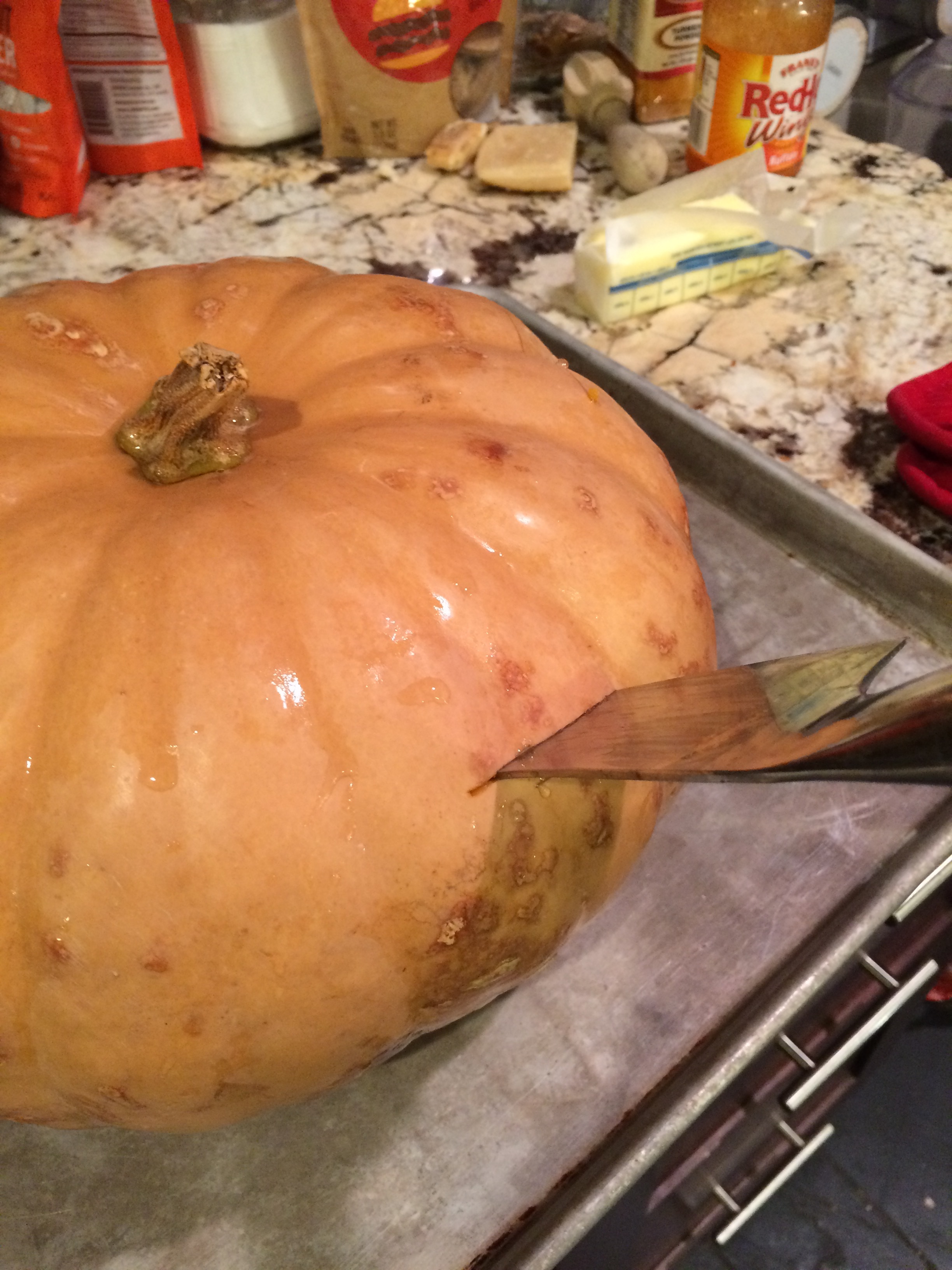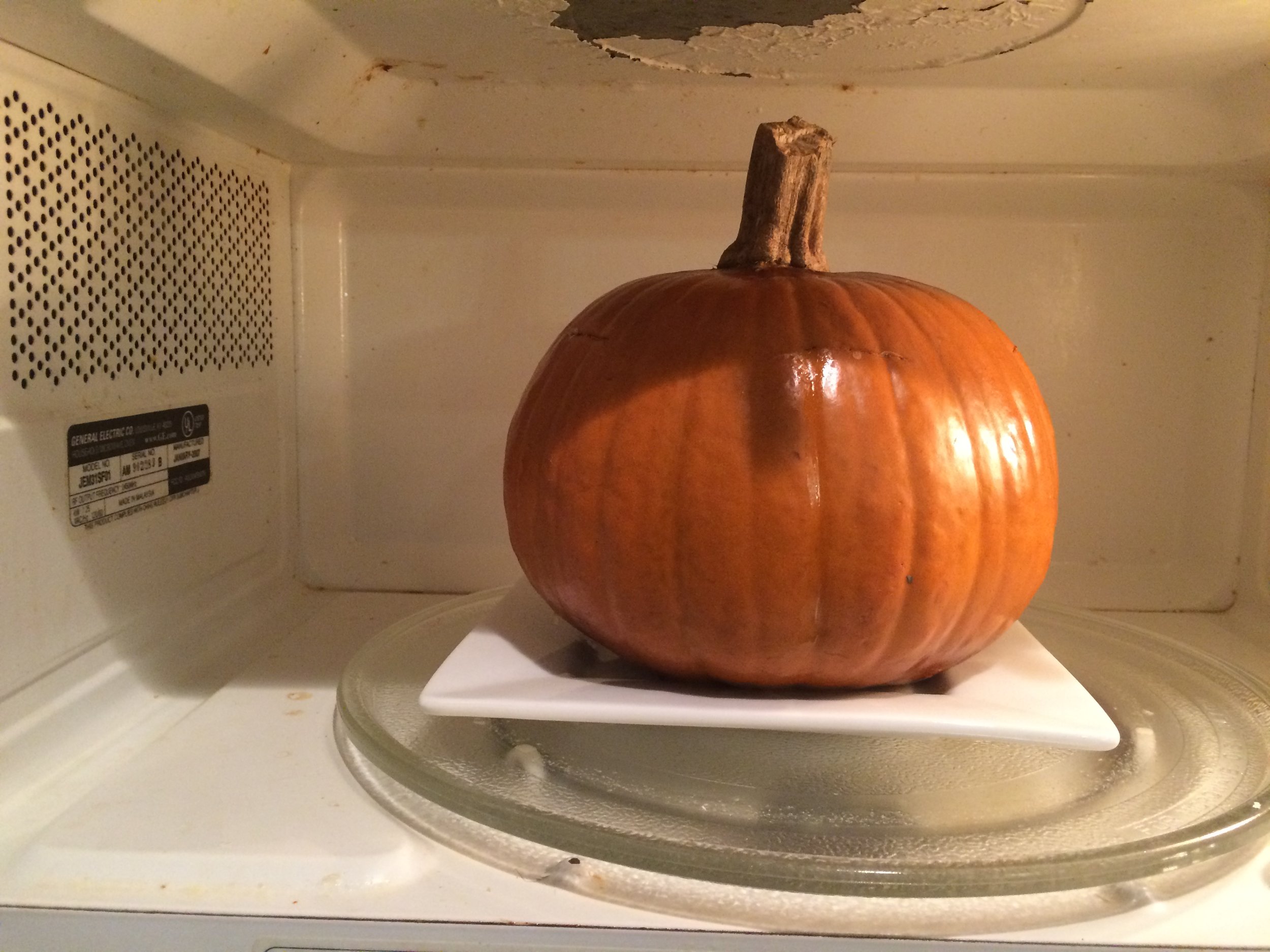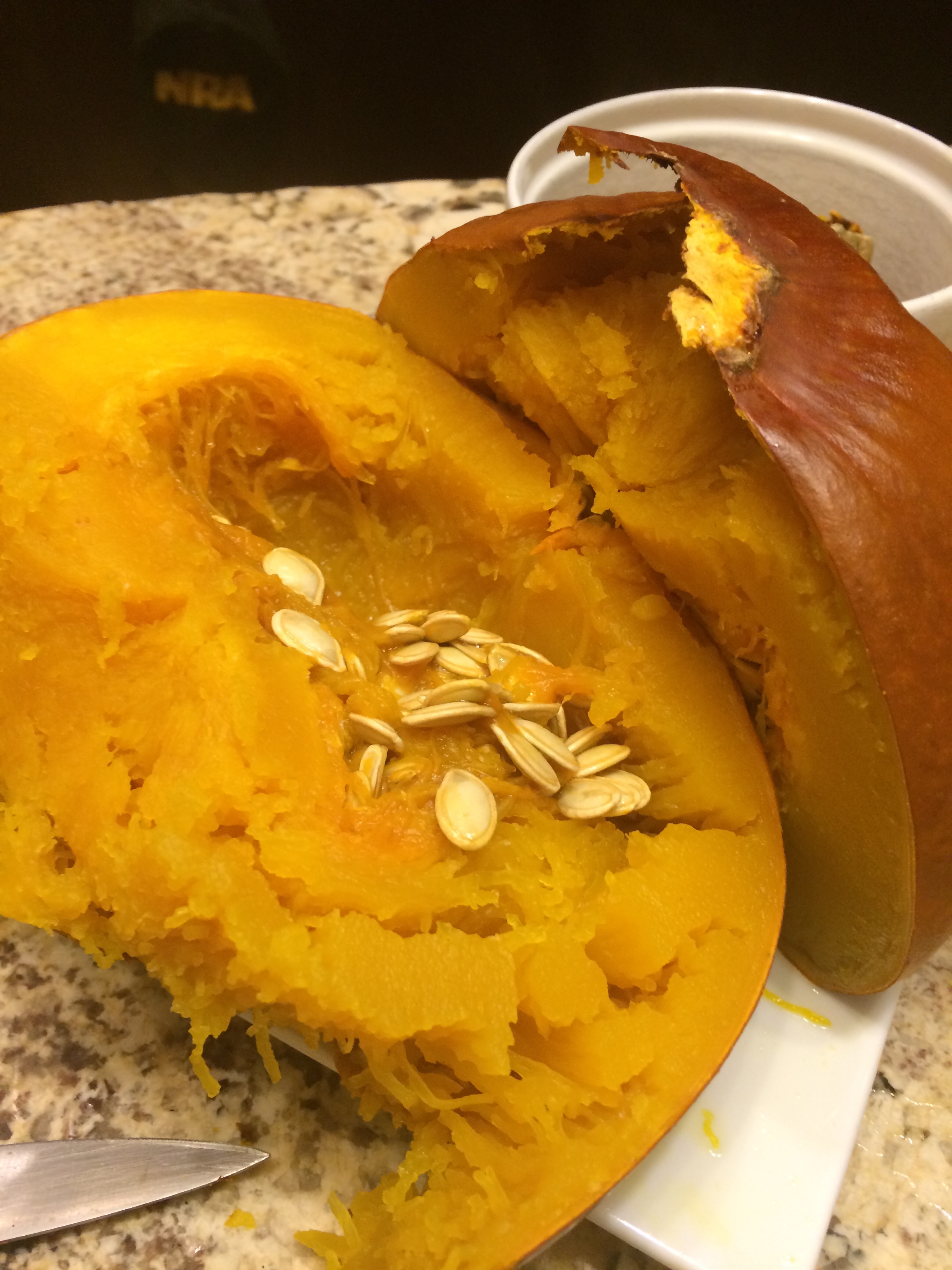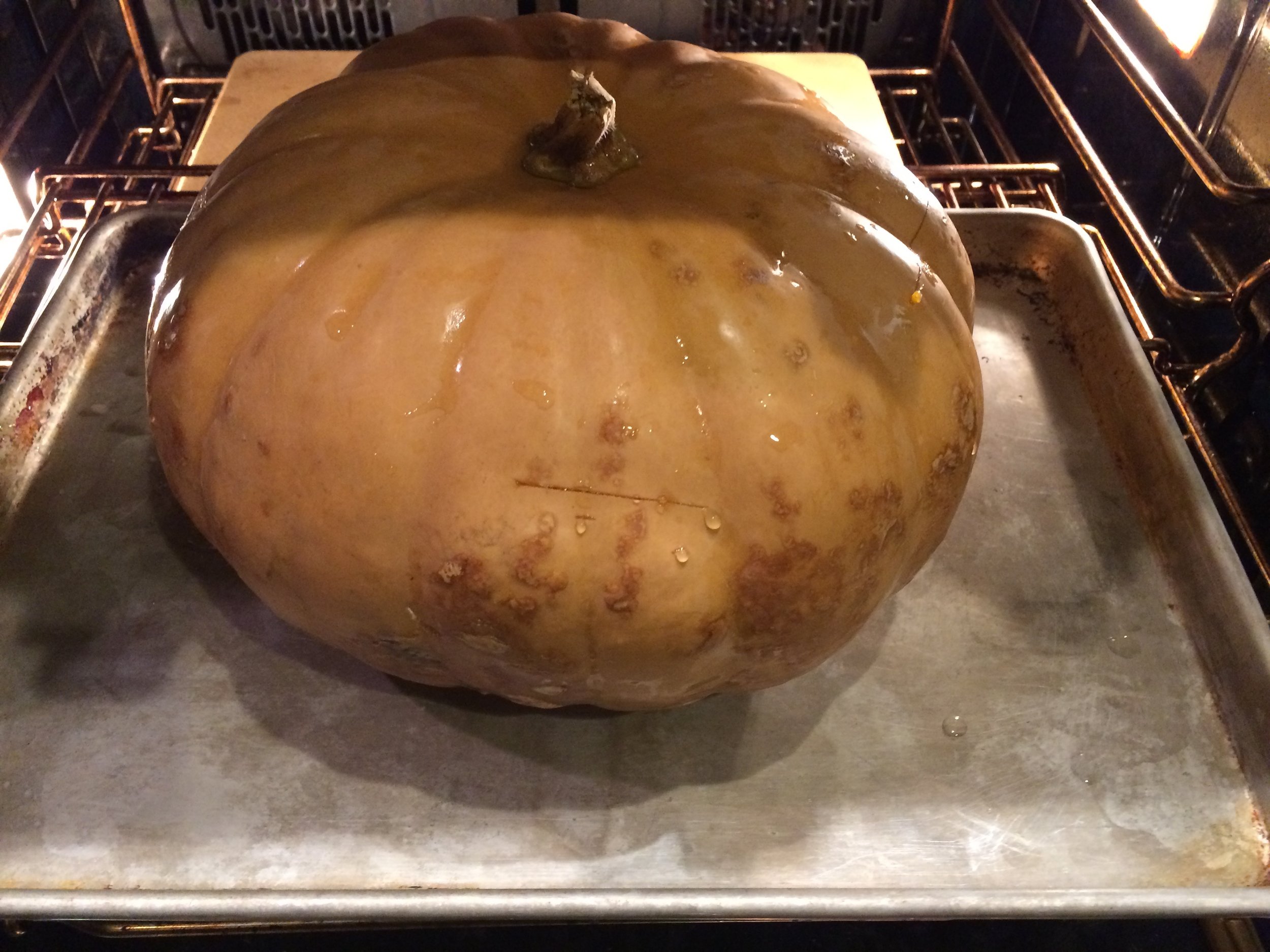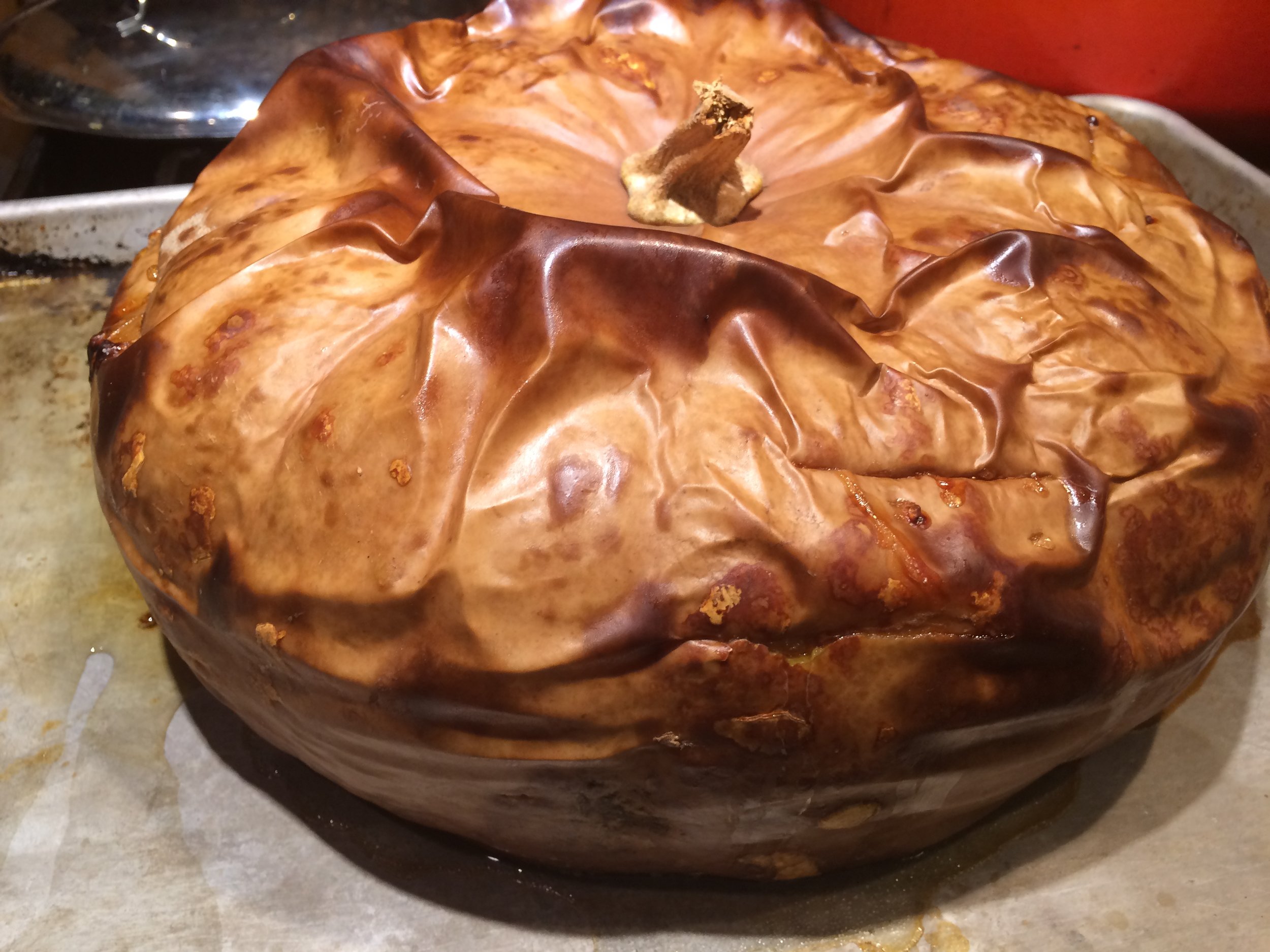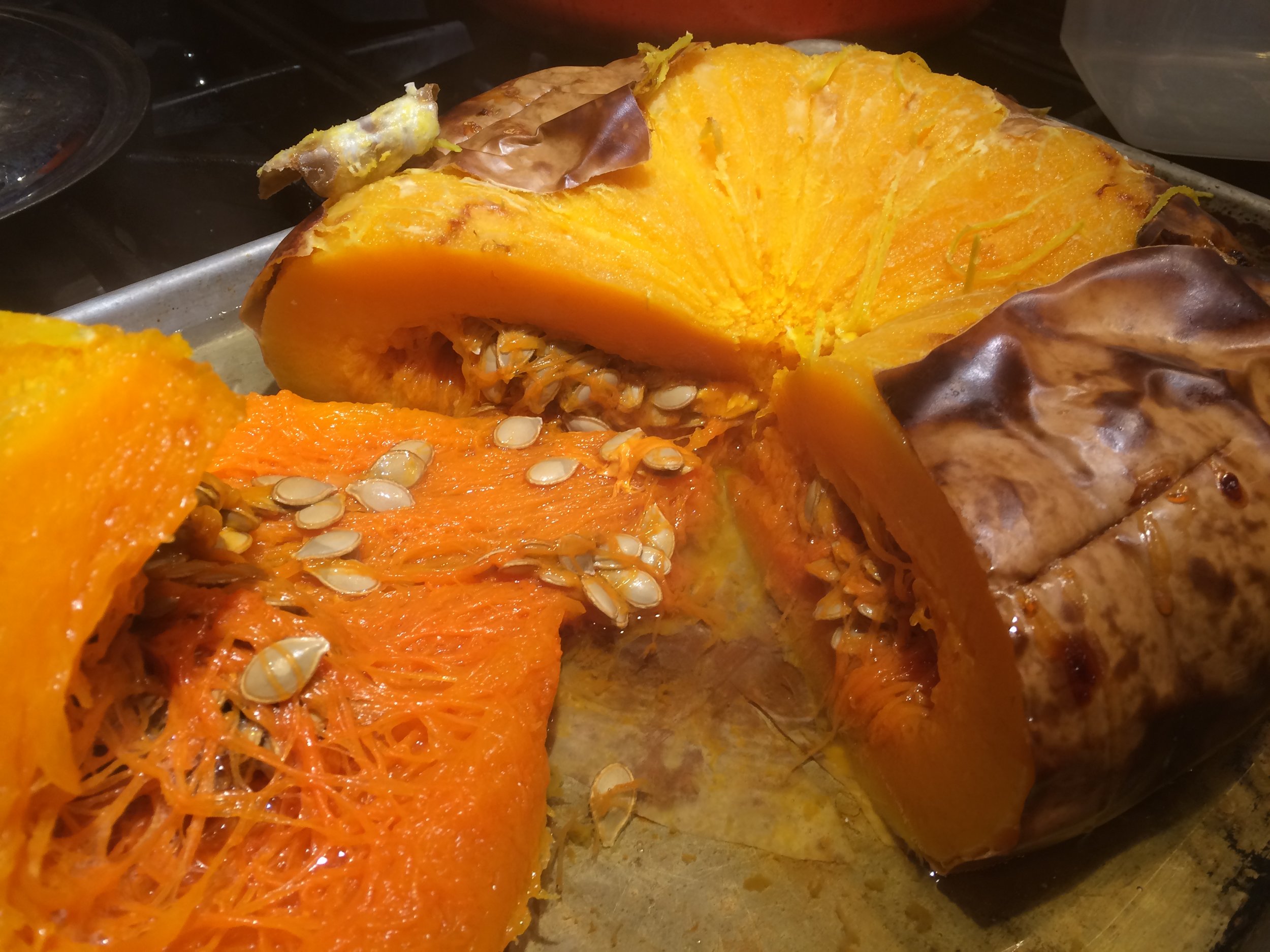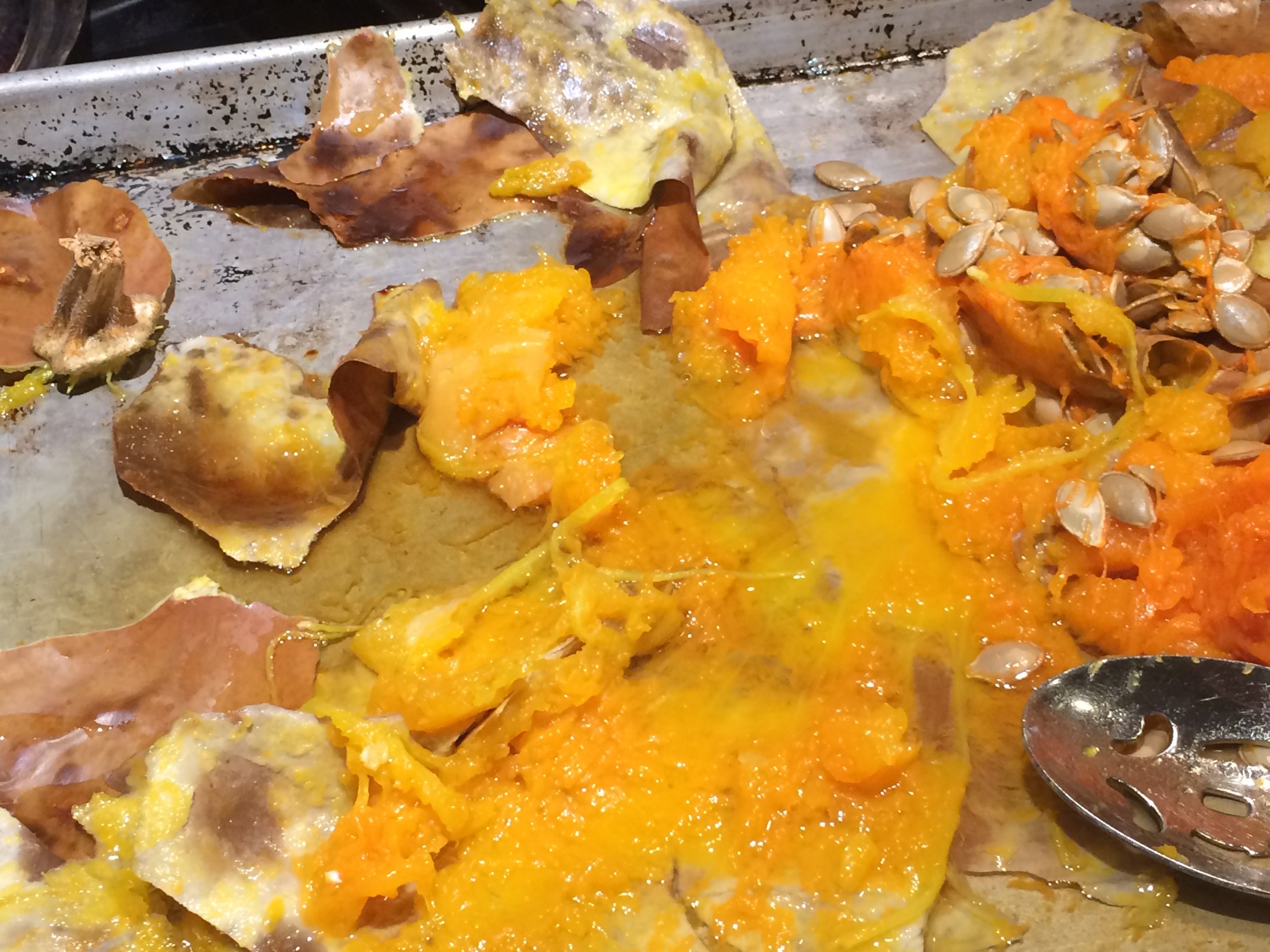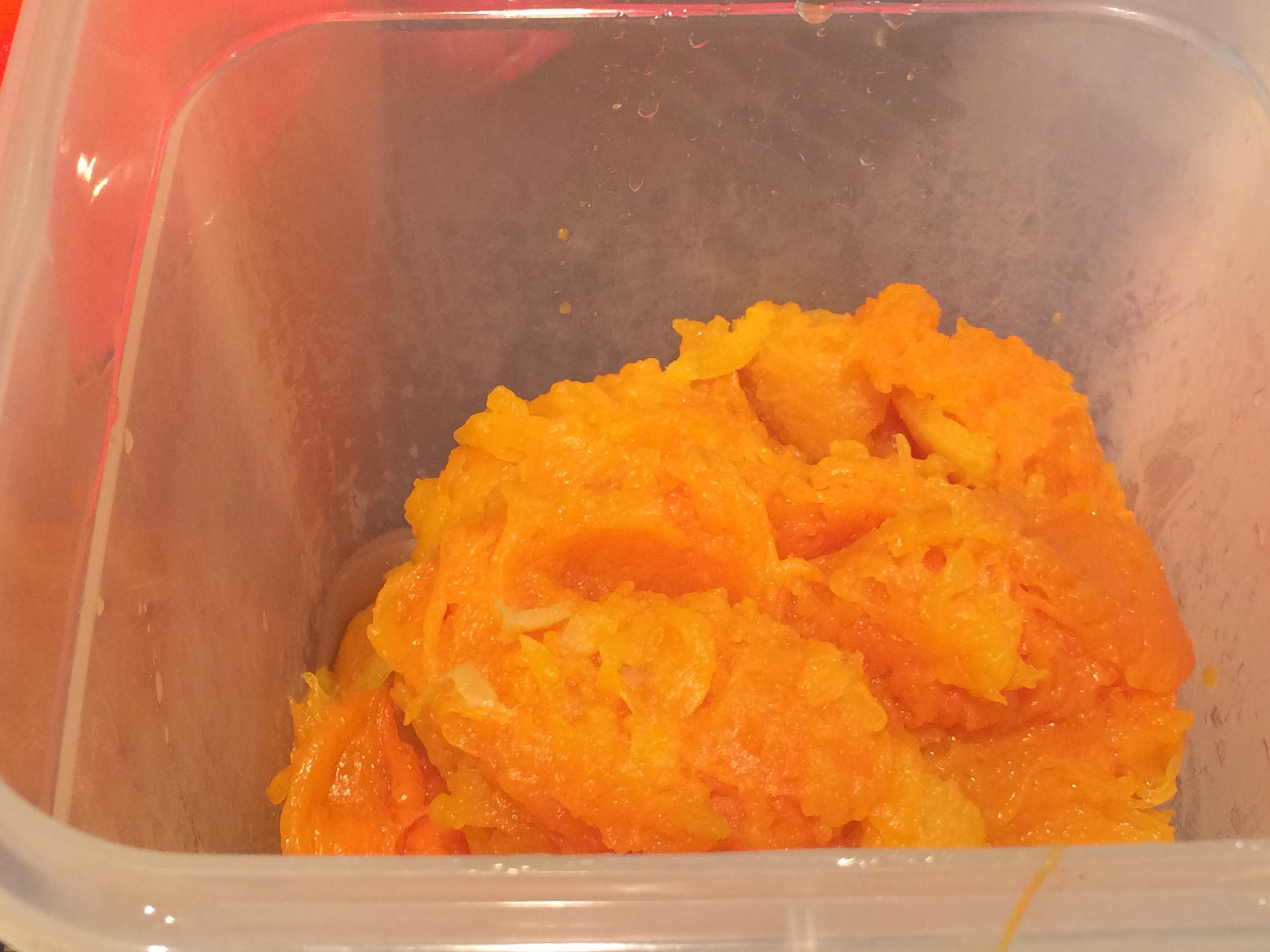Happy Qorkzgiving! Well, ok. It is a few weeks off, but the fact is that just like Rome wasn’t built in a day, a feast isn’t just whipped together. Not even Martha Stewart can pull off that trick. We at Qorkz have cooked a feast or two, so we thought that over the next couple of weeks to share our tricks of the trade and maybe a recipe or two. And wine? There will be wine.
Pie and Thanksgiving go together like peanut butter and jelly or wine and cheese (a perfect appetizer along with crudité, btw). And what kind of pie do we most imagine? Pumpkin. And why? Nothing is more American than pumpkin pie. No, no, you say, that isn’t right! Nothing is more American than apple pie. Nope. Why? Apples.
The apples native to North America are crab apples which are hard and sour. Any juicy delicious apple for a pie came from Asia via European settlers. And Johnny Appleseed? That dude randomly planted apple seeds ahead of settlements to provide settlers with fruit certainly. But settlers never knew what kind of apple they were going to get. It wasn’t like going to the local nursery and buying a tree by its variety. Why? Because every apple seed contains the entire genetic code of the species. Plant a seed from a Granny Smith could give you a Red Delicious… or more likely a crabapple. So scrap that.
Which leaves us the super delicious delightful and crazy healthy pumpkin pie. Making pie with an actual pumpkin instead of a can is super easy and makes you look like Martha F'ing Stewart. So do it! But first some gourdian facts. Pumpkins, like all squashes come from North America. All of them. So before 1492, Cinderella didn’t get to the ball in carriage made out of a pumpkin. And the Jack-o’-Lantern was usually made from a turnip or rutabaga (or swede as it is often called).
But enough Halloween nerdery, back to pie. Like apples, some varieties are better for making pie. Baby pumpkins will not work. Big carving pumpkins? They can do the job but only if they are thick and full of seeds. Thump them. If they sound kind of hollow? Skip them. Then there is the sugar pumpkin. A squash about the size of Chicago 16” softball… with a stem. These are good choices because they are dense with more wall than gut. They have less pronounced ribs making them easier to handle. Heirloom pumpkins are another way to go. With names like “Cinderella,” “Cheese, “Jarrahdale” or Marina di Chiogga, these pumpkins look a little odd, but were bred for their flavor. They were not generally sold as whole fruits, but rather in slices in the places that they came from.




